
Earlier this year, the San Francisco-based Center for Urban Education about Sustainable Agriculture (CUESA) unveiled The Food Change, a public art installation currently on display at San Francisco’s Ferry Building. The larger-than-life photo murals weave a tapestry of often overlooked yet interconnected stories of farmers, advocates, and everyday people who are making positive change in our food system.
From preserving and sharing ancestral food wisdom to highlighting the food change makers of tomorrow and everything in between, this mosaic of vibrant and engaging public art — ranging in topics from “Feeding Traditions” and “Worker Driven” to “Food as Medicine” and “Future Farmers” — combines stunning portrait photography with insightful yet easily digestible explainers, drawing in the casual passerby by connecting either through familiar imagery or an unexpected aha moment.
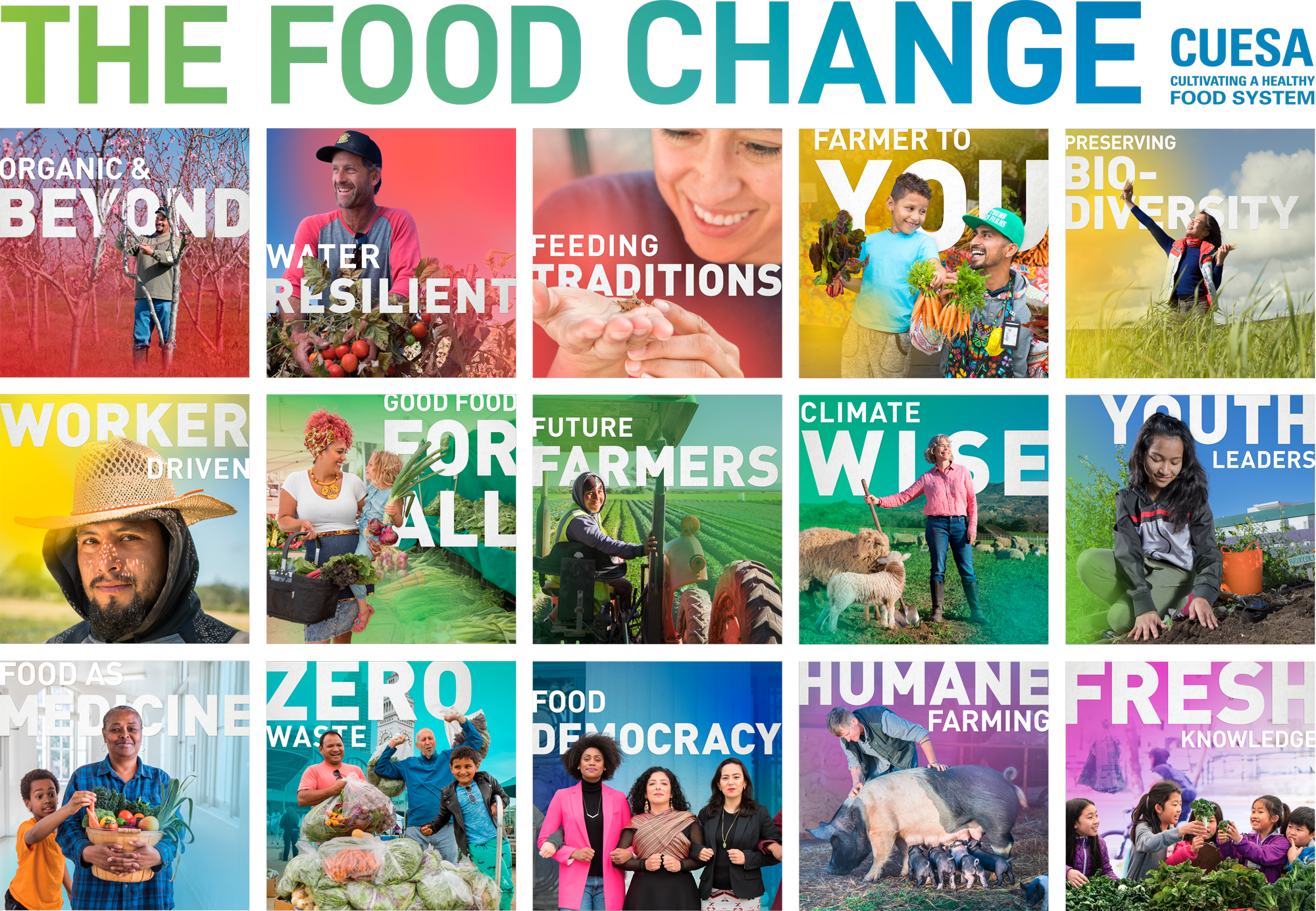
Located in one of the busiest food-related corridors in the nation due not only to the Ferry Building’s history of hosting many of Northern California’s best known growers of fresh produce but its proximity to Fisherman’s Wharf, The Food Change engages thousands of visitors of all backgrounds in creating a fair, regenerative, and delicious food future.
Seeing that transitioning to a healthy food system will be one of the pivotal challenges of a Green New Deal era, we are particularly intrigued by how to concoct the kind of creative messaging that is both holistic and simple, evocative and inclusive, educational and inspirational. So, with a little help from CUESA who let us reprint the first two Q&As from a previous interview, we caught up with Anne Hamersky, the photographer who took the portraits of the farmers and food solutionaries for the project. Anne has also been serving as an artistic advisor for The Art of the Green New Deal.
The future of our planet, our communities, and our own health and wellness is at stake. I hope everybody will feel they have a place at the table and that their voices are heard.
How did you get interested in food and agriculture, and how does that intersect with your work as a photographer?
I was born and raised in Nebraska, and I’ve always been around home-grown food and farms. My family comes from Czechoslovakia, and they all were farmers back in the old country. In high school, I read Diet for a Small Planet, and I was really moved by the notion that our food choices have an impact on environmental challenges. I became an organic consumer and a member of a food co-op, Open Harvest. I remember my shifts bagging organic soybeans in a shared space with our community access radio station, KZUM-FM. Quintessential early days of hippie food!
Then I moved out to California and became a photographer. As the organic movement gained traction in ’80s and ’90s, I started asking my editors, “When you have national stories about organics, please think of me. I’m your girl!” So I started shooting features for different magazines around food and farming and the organic movement. That translated into other projects, like taking photographs for the Farm Together Now book, documenting 20 diversified operations around the country.
What does “The Food Change” mean to you?
For me, it means that every single person sees that their choices really do matter—whether it’s where to shop and what to eat, or it’s voting for people that are going to protect farmland and build equity within the food system. We are at a time in history that we’re facing urgent challenges from climate change. The future of our planet, our communities, and our own health and wellness is at stake. I hope everybody will feel they have a place at the table and that their voices are heard. I hope they feel compelled to be involved in creating “the food change” for themselves, in whatever capacity they can.
Bottom: celebrating with the champions of The Food Change during “The Big Reveal” on February 2, 2019. (Photos: Katelyn Tucker)
The agricultural policies of the New Deal — while well-intentioned and effective for their time — produced many of the industrial production mechanisms that are now contributing to everything from soil depletion to climate change. What policies or fund allocations of any potential Green New Deal programs do you see as the most promising to reverse the trend?
I am for government funding allocations that encourage and support young, female, black, brown, military veteran, and conventional ranchers and farmers — all kinds of folx — who want to continue or transition to organic, agro-ecological, regenerative agricultural practices. Let’s encourage and incentivize the “eco-services” they could provide for our planet. Current research is incredibly hopeful that practices such as cover cropping, no-till farming, and rotational grazing can increase soil’s organic material which draws down and sequesters carbon, helps mitigate erosion and repairs desertification by retaining rainfall like a sponge. Yes, soil has very deep super powers!
I’d also like to see the USDA National Organic Program standards strengthened and enforced after these past couple years of being gutted and weakened. Same with our silenced USDA organic research teams. Get those soil and crop scientists back to work so their research will convince ever more people of the efficacy of regenerative ag methods in mitigating the climate crisis. Regeneration International’s Green New Deal Policy Goals for U.S. Farmers & Ranchers outlines some more worthy ideas that working farmers and ranchers are adding to the GND visioning process.
Stories are the most basic way to move human hearts and minds. If we can tell compelling stories through our chosen art we as artists can bend the political arc in the direction of justice.
What role do you think art in general and photography specifically can play in shifting perception for those Americans who may have negative connotations of large-scale government programs such as the Green New Deal?
It’s old news (but so true) that stories are the most basic way to move human hearts and minds. If we can tell compelling stories through our chosen art — illustration, painting, theater, film, poetry, site specific performances, photography, etc. — we as artists, through culture making, can bend the political arc in the direction of justice.
Photography has been my vehicle for lots of reasons, one of which is I am curious to my very spinal cord about people. I want to share what I find out about people with other people. And photography has a long history of doing just that. So to the end goal of surviving as a species, I think we need to paint the large-scale impact of a government program with a specific human-scale brush, or in my case, lens, and influence people. Keep it real. ‘Cause it is about as real as it gets right now.
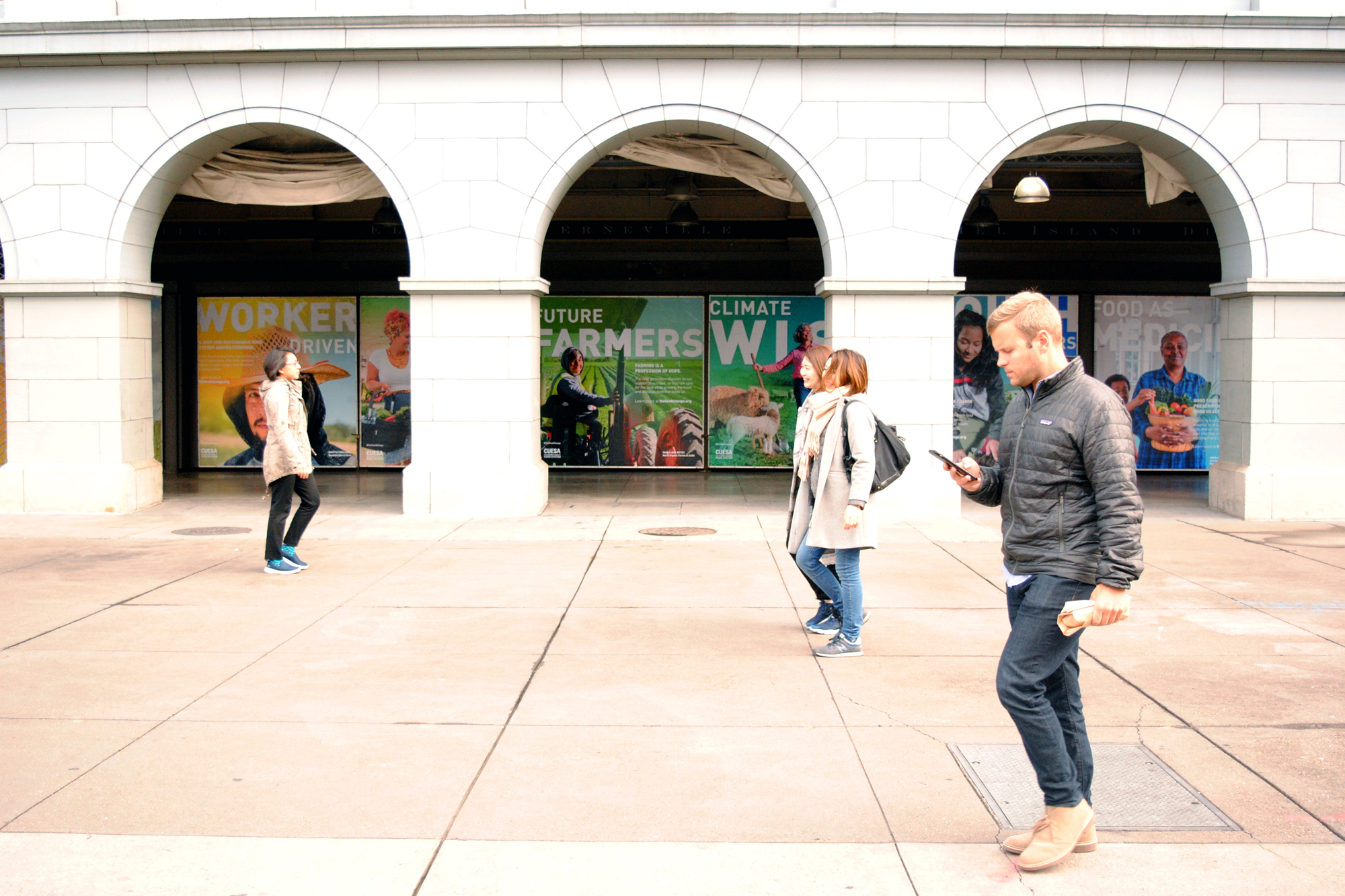
If you were tasked by a Green New Deal program similar to the WPA Federal Arts Program to do a project with the mission to highlight the benefits of sustainable agriculture to underserved communities, where would you do it, who would be your subjects, and who would be your target audience?
I would travel up and down the Great Plains, working with community groups that already have a toe hold in helping farmers and ranchers transition from conventional to regenerative agricultural practices. My subjects and target audience are the same: any and all farmers and ranchers who have strong hands to harness the super powers of soil.
The premise of both the original New Deal and the Green New Deal is that we can accomplish big things if we do it together. Likewise, a lot of people were involved in making The Food Change happen. Can you talk a little bit about the importance of the collaborative process in a big creative endeavor like that and how it might serve as a model for other projects?
Before putting even one toe into a farm field with camera, I gathered many times around a big wooden table with the CUESA team and their stakeholders, honing the scope of the project, sharing our points of view, our knowledge and expertise. By inviting so many diverse individuals and groups literally to the table, we built a lot of support and momentum to sustain the vision of a grand scale, semi-permanent installation.
What I learned from the process is that while your project can shift and transform, it’s best to start from a clear understanding of what your collective body is focused on accomplishing and roughly, how. As an individual within a cooperative group, know your strengths and figure out what your role, duties, or expert contribution will be. Make sure you come from a place of deep respect, listen intently, valuing others’ input. If you do have a conflict, keep it focused on the project, not the individual. When the group moves towards a decision that you do not agree with 100%, make your case, then support the final collective position.

In other words, focus on the mission, don’t take anything personally, bring your best self, stay flexible. Oh, and be trustworthy: do what you say you’ll do, be on time for meetings, meet your deadlines, show up. That’s the most powerful way to honor the group, the process, and ultimately, the goal.
Lastly, I’m a big fan of showing gratitude and sharing credit with colleagues. For me, it’s the secret sauce of collaboration.
Speaking of props: shout out to CUESA’s entire leadership team, especially my direct collaborators Brie Mazurek and Julie Samara Cummins, our fab designers Christie Rixford and Natalie Estrada of Super Natural Design, and of course all my photo assistants in the field. Together we worked to bring these people-centered concepts to light ~ thank you. And thanks to Sven Eberlein of Art of the Green New Deal for asking such thoughtful questions. I appreciate the opportunity to discuss the collaborative process.
And so do we. Thank YOU for your amazing work and passion, and for taking the time to co-create this story.
All other images reprinted with permission from CUESA/Anne Hamersky.
Design by Super Natural Design.
Learn more at thefoodchange.org.



















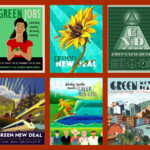
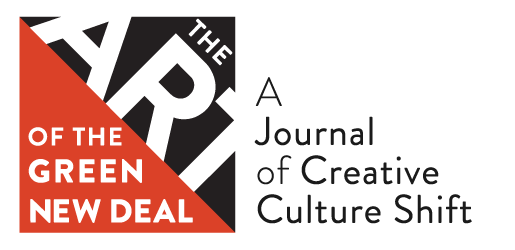
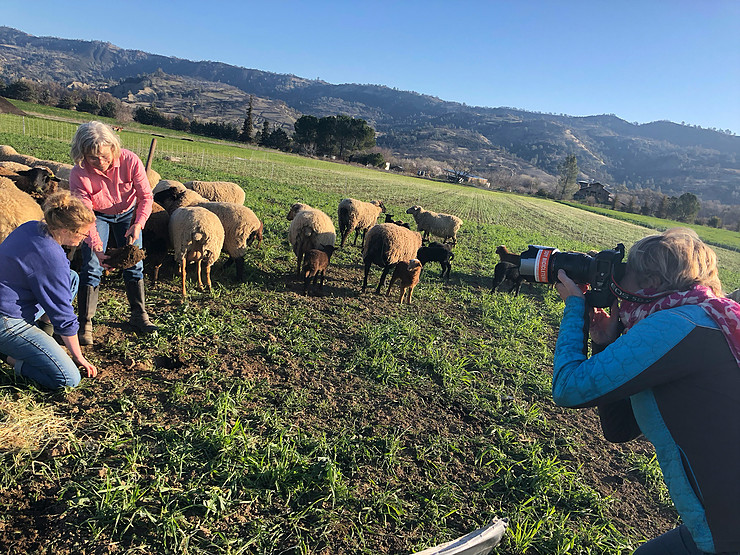
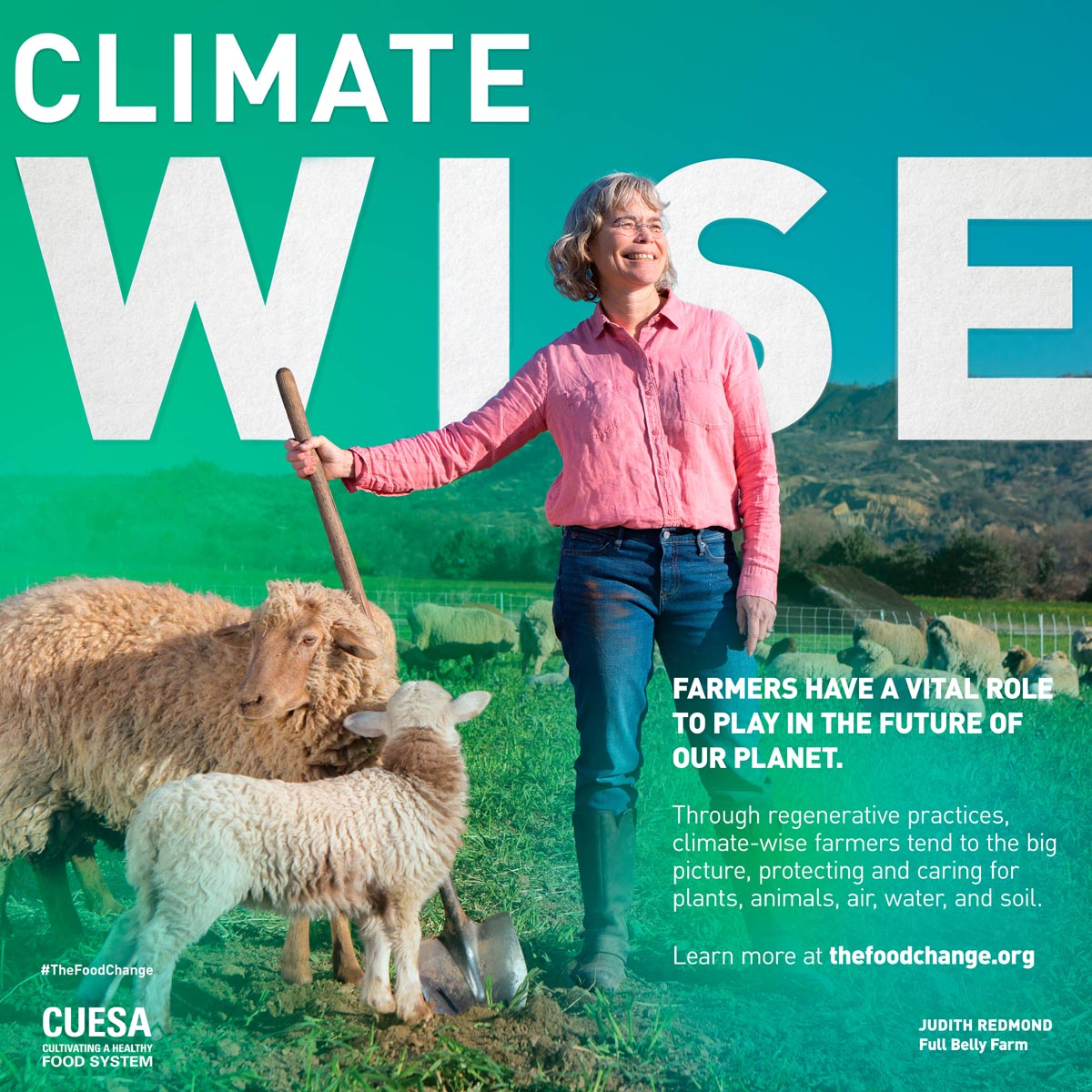
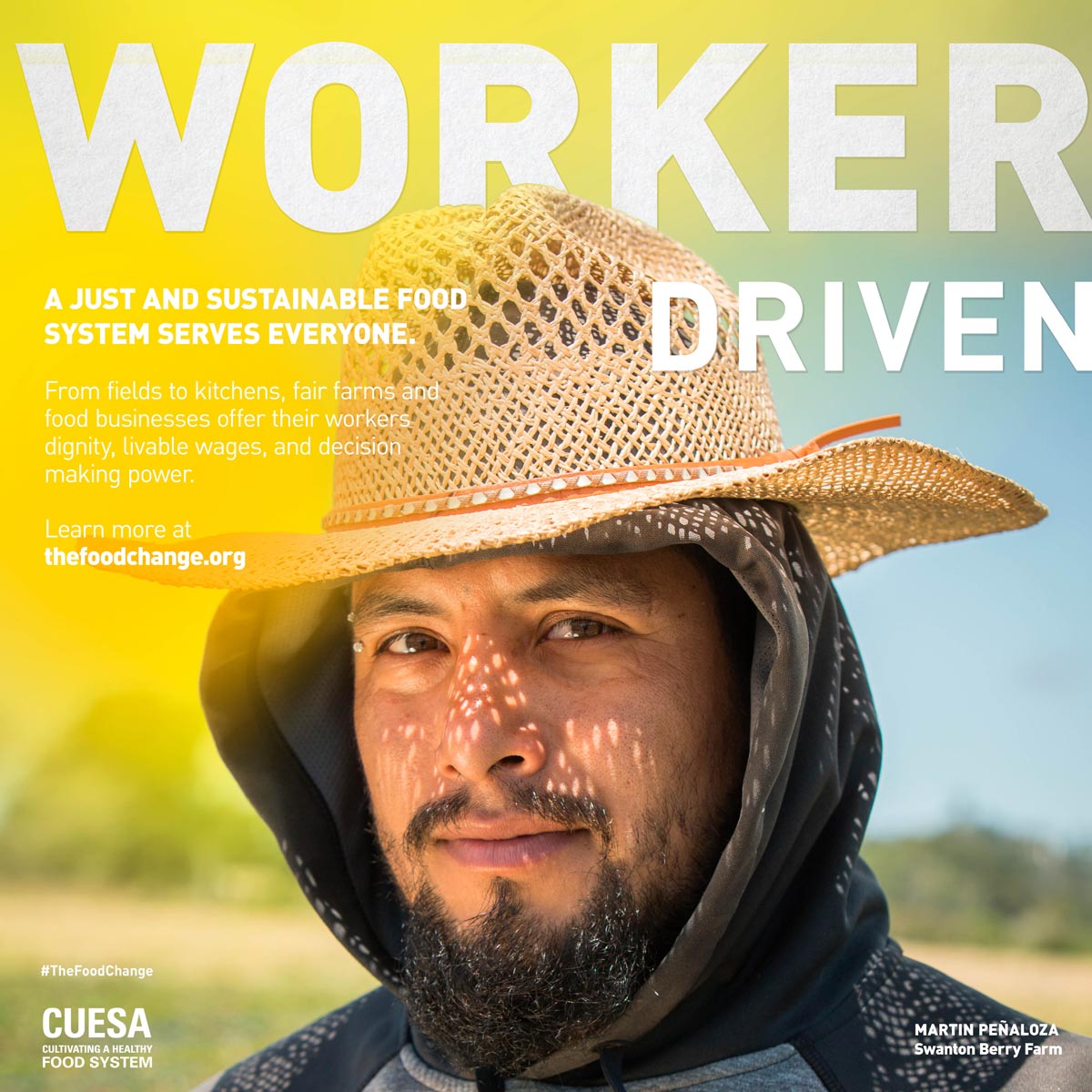
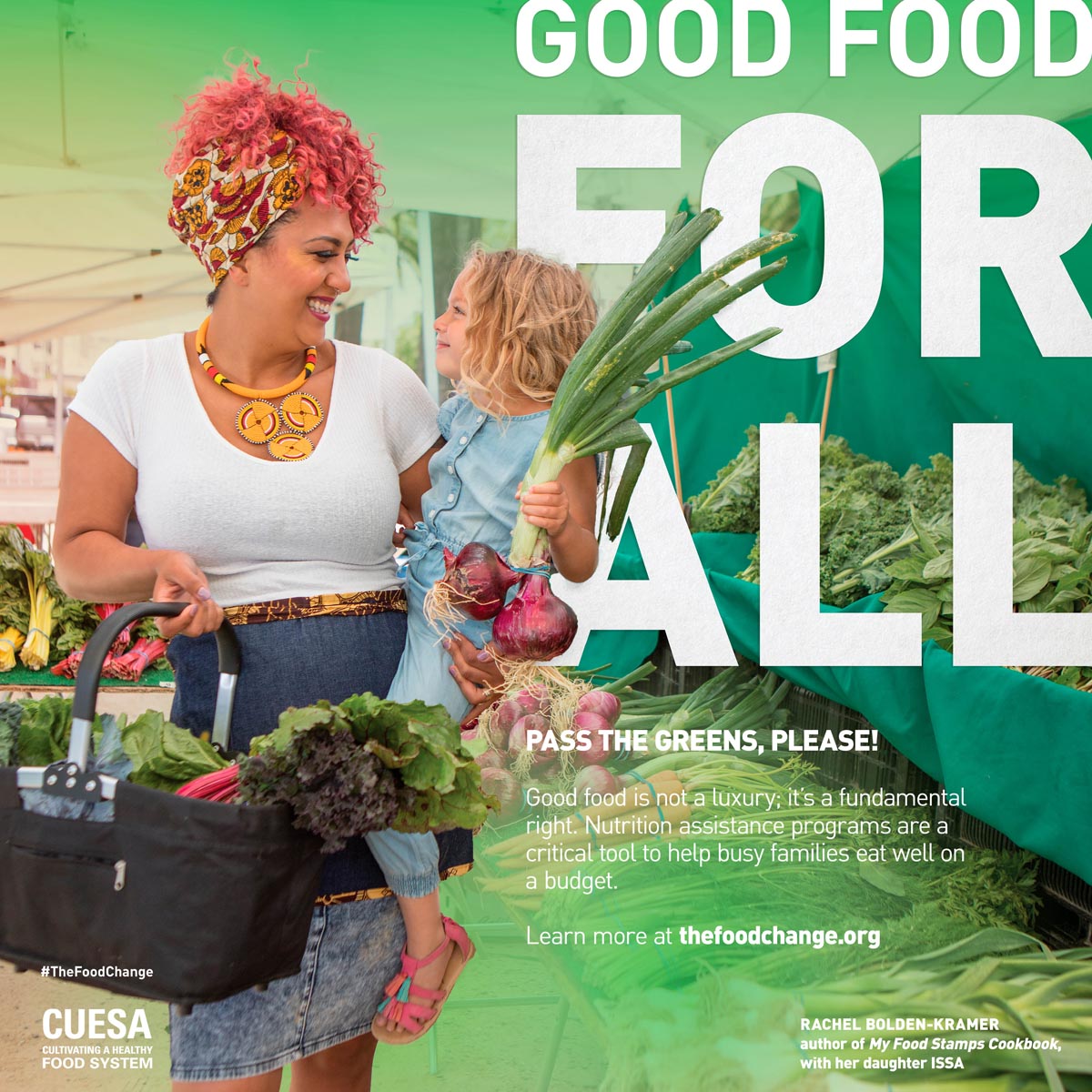
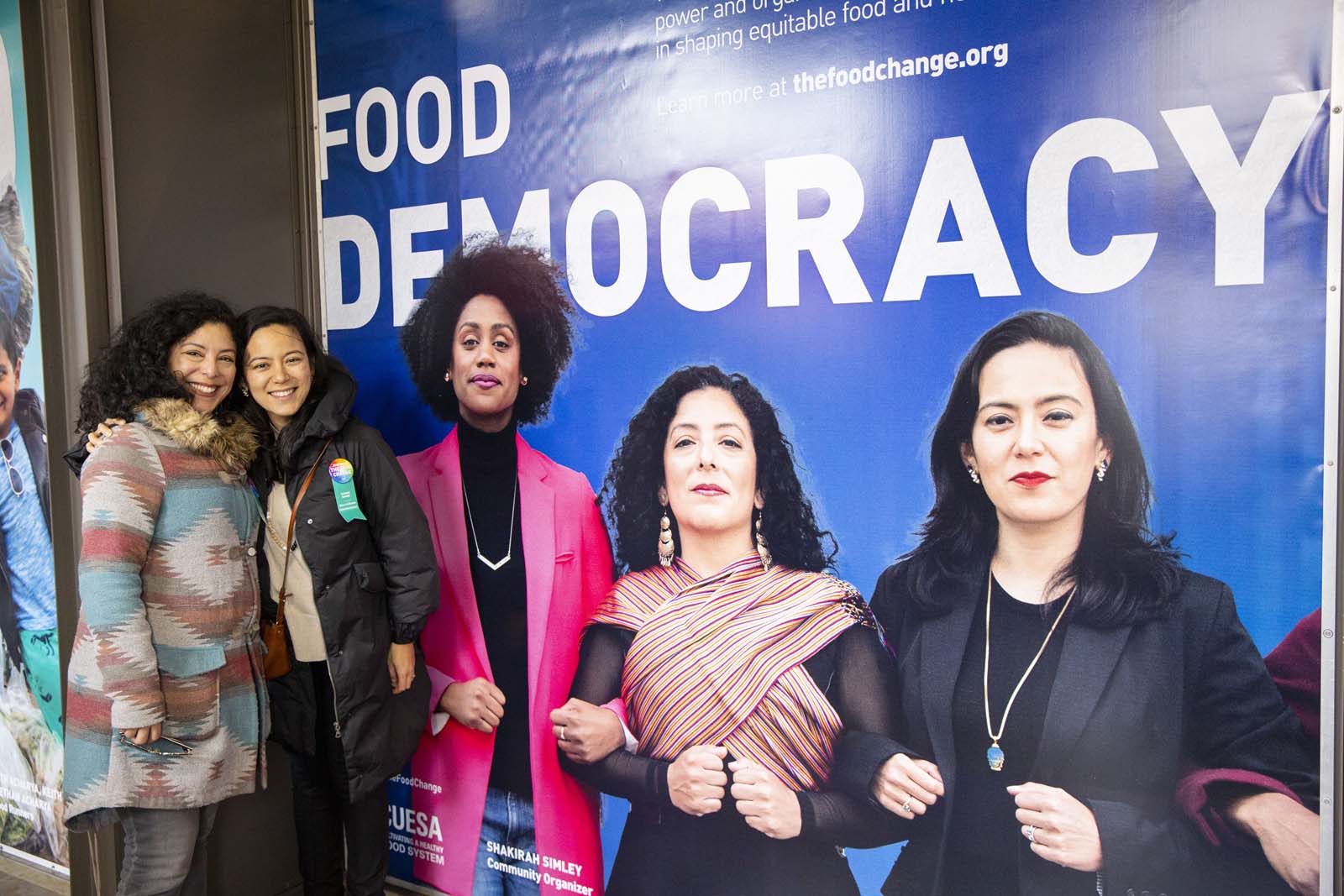


Pingback:Sun Smiles on Journal Launch | The Art of the Green New Deal
Posted at 06:22h, 05 August[…] […]